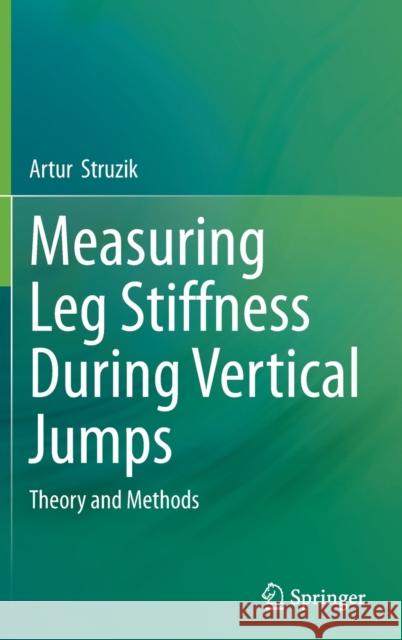Measuring Leg Stiffness During Vertical Jumps: Theory and Methods » książka
topmenu
Measuring Leg Stiffness During Vertical Jumps: Theory and Methods
ISBN-13: 9783030317935 / Angielski / Twarda / 2019 / 128 str.
Measuring Leg Stiffness During Vertical Jumps: Theory and Methods
ISBN-13: 9783030317935 / Angielski / Twarda / 2019 / 128 str.
cena 402,53
(netto: 383,36 VAT: 5%)
Najniższa cena z 30 dni: 385,52
(netto: 383,36 VAT: 5%)
Najniższa cena z 30 dni: 385,52
Termin realizacji zamówienia:
ok. 22 dni roboczych
Dostawa w 2026 r.
ok. 22 dni roboczych
Dostawa w 2026 r.
Darmowa dostawa!
Kategorie BISAC:
Wydawca:
Springer
Język:
Angielski
ISBN-13:
9783030317935
Rok wydania:
2019
Dostępne języki:
Ilość stron:
128
Waga:
0.39 kg
Wymiary:
23.39 x 15.6 x 0.97
Oprawa:
Twarda











